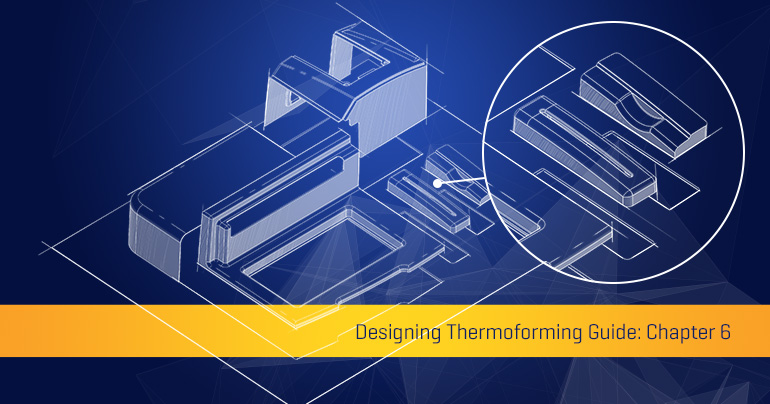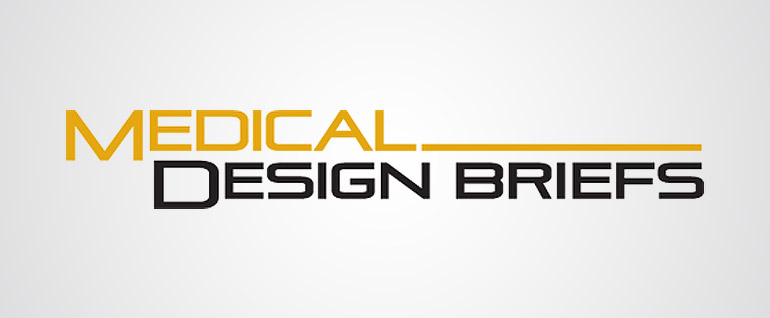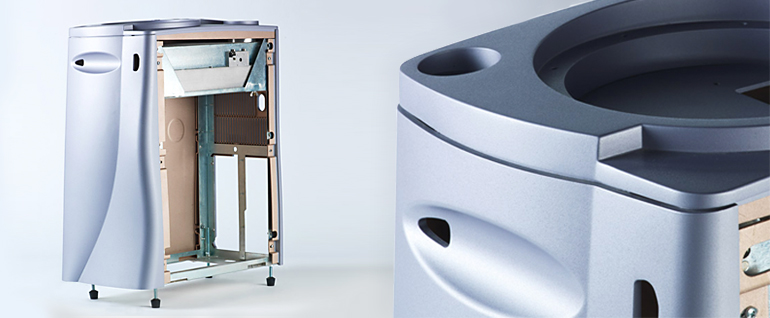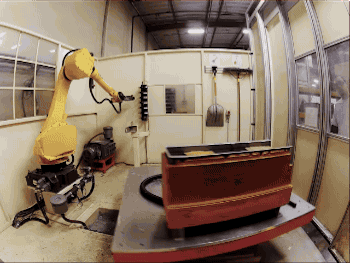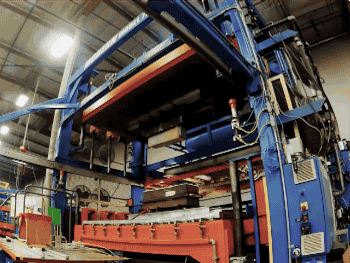
We’ve been getting a few questions recently about the process of Reaction Injection Molding, commonly referred to by its acronym, RIM.
RIM is a thermoset manufacturing process where two liquid polymers are blended and then injected into a single heated mold. When the blended polymers hit the sides of the heated mold, they begin a chemical reaction that causes them to expand to fill the mold, then set into a solid part.
RIM is definitely an option worth considering as an alternative to prototyping, but when you move past prototyping into larger production runs there are several reasons to choose thermoforming over RIM.
We’ve listed four of the most common reasons here, and you can get more info from our RIM vs. Thermoforming comparison table.
Reason #1: Thermoforming Offers Improved Finish Quality & Lower Finishing Costs
Because of the chemical reaction that takes place, RIM manufactured parts have a swirled, variable finish. If a RIM part is going to be visible in the final product, it needs to be painted.
In contrast, thermoformed parts can be molded in texture and color, allowing them to be aesthetically appealing without being painted.
If you do decide to paint, you’ll have an easier time with thermoformed parts than with RIM, since a thermoformed part’s surface will accept paint more readily than a RIM part’s and less surface prep and less paint will be required to get a high-quality finish.
Reason #2: Thermoforming Has Lower Tooling Costs
To move from prototyping into larger quantity production, RIM manufacturing requires a 2-sided mold, similar to the molds used in injection molding. In contrast, thermoforming uses a single-sided mold. While RIM tooling is still cheaper than injection molding tooling, thermoforming tooling is significantly more affordable than either process, and allows you to get your product to market faster.
Less expensive tooling not only saves on the initial production costs but also lowers the cost of design changes and modifications.
Reason #3: Thermoforming Is A More Environmentally Friendly Process
Thermoformed parts are completely recyclable. In fact, we can recycle the trimmings from all our thermoforming projects right here in the factory to be sent back to our suppliers, who reprocess them back into the thermoplastic sheet.
Products created with RIM can’t be recycled, it’s simply a limitation of the process.
Reason #4: Large Part Thermoforming Allows Part Consolidation
Our large part thermoforming capabilities allow us to make a single part of up to 10’x 18’. This means that we can consolidate what would be multiple RIM parts into a single large thermoformed part. There are a number of advantages to this type of part consolidation, including reduced part numbers, reduced inventory levels and less assembly time on the manufacturing floor. All these individual advantages combine for one big benefit: saving you money.
Every project has an ideal process. If you’ve been considering RIM for anything beyond initial prototyping for your next custom plastic fabrication and plastic manufacturing project, we’d recommend that you look at the advantages of thermoforming before you make up your mind.
